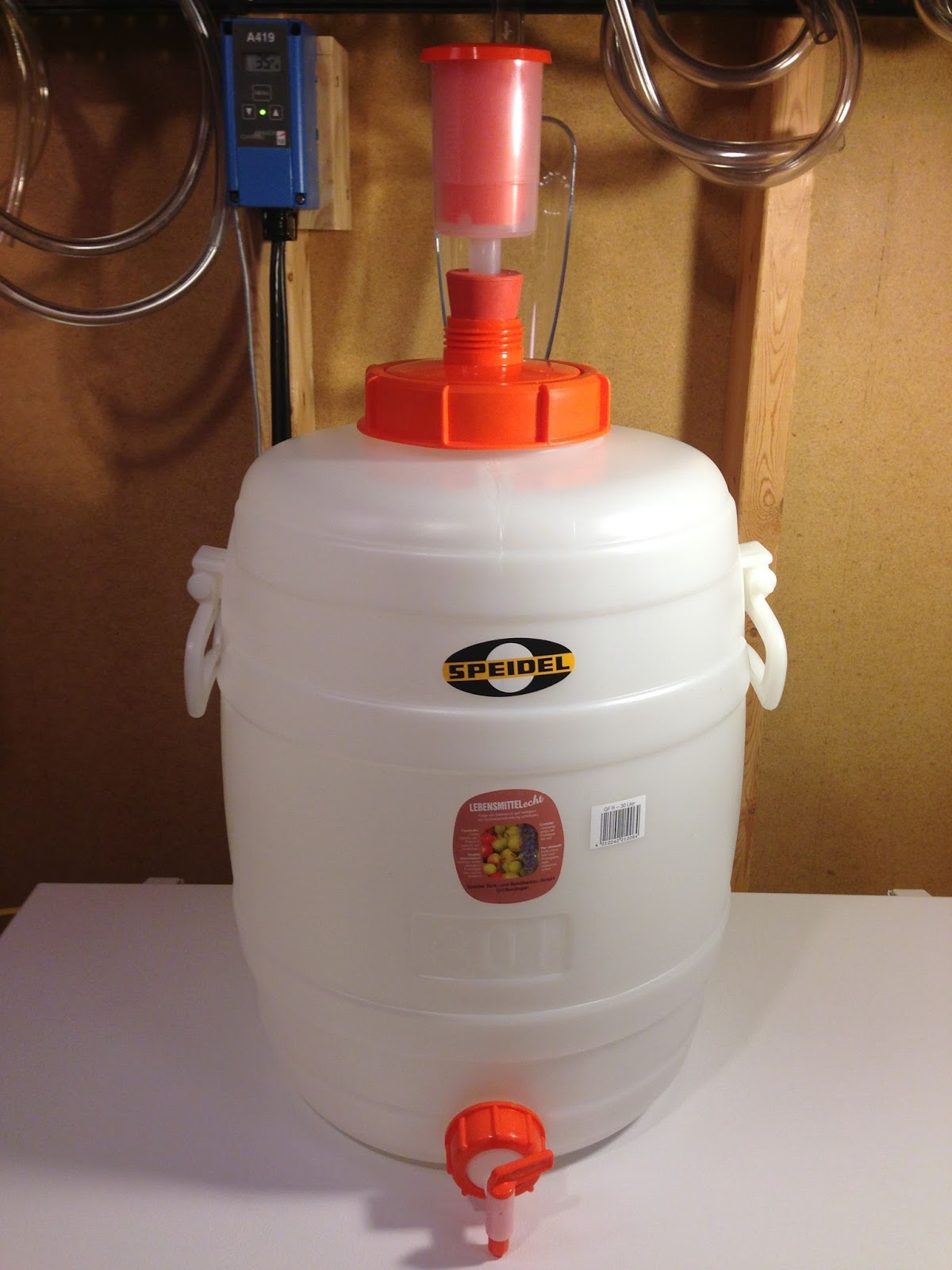ParanoidAndroid
Well-Known Member
I'm curious if anyone has done this. I've never closed transferred anything, but I have some tubing ready to go on my Speidel for transfer on 8/17.
I have 2 of the plastic valves that come with it on the bottom and top. The top has a blow off tube running out of it. I am assuming I do the following:
1. Take blow off tube out of the sanitizer and attach it to the CO2
2. Attach bottom valve with tubing to Liquid Out of keg
3. Open both valves
4. Turn the CO2 to 1-2 PSI
5. Open the Pressure Release on keg
6. ?
7. Profit
Some questions:
1. Would I purge the keg before or after the transfer? Or both? It seems that if its purged before, then having the pressure open would let some Oxygen back in as its being transferred. Or does the beer push the oxygen out as it fills?
2. Should I purge the transfer lines as well?
I have 2 of the plastic valves that come with it on the bottom and top. The top has a blow off tube running out of it. I am assuming I do the following:
1. Take blow off tube out of the sanitizer and attach it to the CO2
2. Attach bottom valve with tubing to Liquid Out of keg
3. Open both valves
4. Turn the CO2 to 1-2 PSI
5. Open the Pressure Release on keg
6. ?
7. Profit
Some questions:
1. Would I purge the keg before or after the transfer? Or both? It seems that if its purged before, then having the pressure open would let some Oxygen back in as its being transferred. Or does the beer push the oxygen out as it fills?
2. Should I purge the transfer lines as well?













































![Craft A Brew - Safale S-04 Dry Yeast - Fermentis - English Ale Dry Yeast - For English and American Ales and Hard Apple Ciders - Ingredients for Home Brewing - Beer Making Supplies - [1 Pack]](https://m.media-amazon.com/images/I/41fVGNh6JfL._SL500_.jpg)












